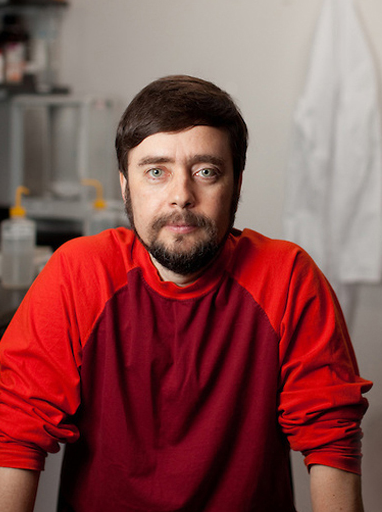In this exciting episode, Mitch Belkin and Daniel Belkin speak with Professor Michael Levin about bioelectricity, the electrical potentials that cells use to communicate with one another. Professor Levin argues that bioelectricity is the software of cellular communication and is the medium through which we can control top-down modular programs for cancer prevention, limb regeneration, and birth defect repair. This interview covers how he co-created Xenobots; how somatic cells function like neurons; how his work incorporates insights from Karl Friston on collective intelligence and the free energy principle; and his dream of building an anatomic compiler, a theoretical biological-design program that would allow users to produce any anatomic configuration of any organism using bioelectricity.
Spotify | Apple Podcasts | Google Podcasts | YouTube
Who is Michael Levin?
Professor Michael Levin is a biologist at Tufts University, where he investigates informational storage and processing in biological systems. He received a dual Bachelor’s in computer science and biology at Tufts. He then received his PhD in Genetics from Harvard where he characterized the molecular-genetic mechanisms of embryologic left-right asymmetry. Nature lists this discovery on its 100 milestones of developmental biology of the century. Currently, he is the director of the Tufts Center for Regenerative and Developmental Biology and the Allen Discovery Center at Tufts University. He is the co-editor in chief of the journal Bioelectricity, the founding associate editor of Collective Intelligence, and he sits on the editorial advisory board of Laterality. He has published more than 350 papers. His lab is currently interested in understanding how somatic cells form bioelectrical networks to store memories, developing the next-generation of AI tools to understand top-down control of pattern regulation, and using these insights to enable new possibilities in regenerative medicine and engineering.
References:
- Professor Michael Levin’s lab website
- “Molecular bioelectricity: how endogenous voltage potentials control cell behavior and instruct pattern regulation in vivo”
- Review of Left-Right Asymmetry
- Xenobots
- Ion flows and regeneration
- Paper on Harold Burr’s work on Bioelectricity in the 1930s
- Bioelectric controls of cell proliferation: Ion channels, membrane voltage and the cell cycle
- Twitter: @DrMichaelLevin
